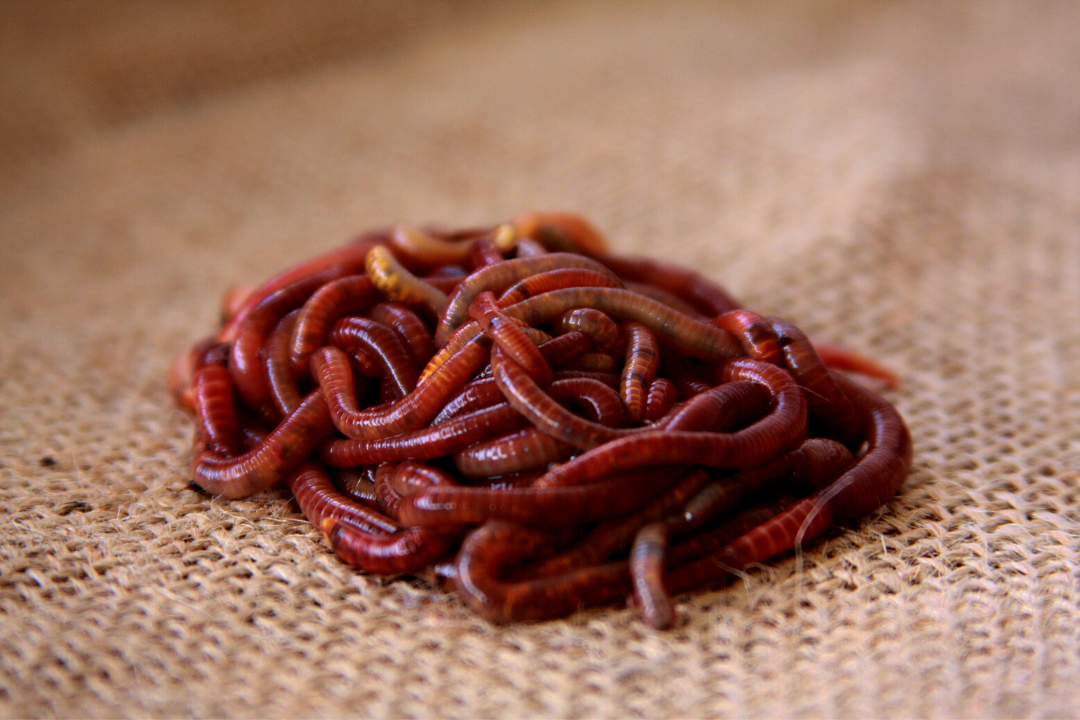Affordable Red Wiggler Composting Worms for Sale – Free Shipping Available
Affordable Red Wiggler Composting Worms for Sale – Free Shipping Available
Blog Article
The Ultimate Overview to Caring for Red Wigglers in Your Garden
Taking care of red wigglers in your garden is a necessary part of sustainable composting methods that can substantially enhance dirt wellness and fertility. Recognizing their certain habitat demands, nutritional preferences, and maintenance needs is vital for promoting an effective vermicomposting environment. As we discover the subtleties of establishing a favorable area and the ideal feeding strategies, the effects of these techniques will become significantly apparent. Nonetheless, the journey does not finish with standard care; there are advanced strategies that can even more maximize your results, welcoming a deeper expedition right into the world of vermiculture.
Comprehending Red Wigglers

Red wigglers are identified by their reddish-brown pigmentation and fractional bodies, which can grow up to four inches in size. They have a high reproductive price, creating cocoons which contain multiple embryos, considerably increasing their population in ideal habitats. Where to buy red wigglers. Their physiology permits them to tolerate different wetness degrees, although they flourish in wet conditions, preferably in between 60 ° F and 80 ° F.))

Establishing Up the Environment
Developing an optimum environment for red wigglers is important for optimizing their composting effectiveness and general health and wellness. An ideal atmosphere includes aspects such as temperature level, bed linen, and dampness products. Red wigglers grow in a moist, dark atmosphere with a temperature level array of 55 to 77 degrees Fahrenheit. It is very important to keep an eye on these conditions very closely, as severe temperatures can affect their task and reproduction.
When selecting a container, select one that is well-ventilated to allow for air circulation while stopping excess moisture loss. Plastic bins, wooden boxes, or specialized worm bins are all reliable choices. The base of the container must have water drainage holes to stop water buildup, which can lead to anaerobic problems dangerous to the worms.
Routinely inspect the dampness degree of the bed linen, and add water as essential to keep the excellent dampness. By developing these problems, you will develop a flourishing environment for your red wigglers, motivating effective composting and much healthier worm populaces.
Selecting the Right Food
Choosing the appropriate food for red wigglers is essential for their wellness and composting efficiency. These worms thrive on a well balanced diet plan that includes a range of organic products. Ideal food resources are composed of vegetables and fruit scraps, coffee premises, crushed eggshells, and shredded paper. It is vital to avoid meats, milk items, and oily foods, as these can attract parasites and produce unpleasant smells in the composting setting.
Red wigglers favor food that is cut or shredded, as this boosts surface area and advertises extra effective digestion. In addition, presenting food in percentages avoids overfeeding, which can lead to anaerobic conditions harmful to worm health. Keeping an eye on the worms' eating habits can likewise give insights; if the food is consumed promptly, think about gradually increasing the quantity.

Maintaining Dampness and Temperature Level
A well balanced diet plan is only part of the equation when it involves making certain the health of red wigglers; maintaining correct dampness and temperature level is similarly crucial. Red wigglers flourish in a moist setting, preferably between 70-85 ° F(21-29 ° C) This variety supports their metabolic procedures and enhances their ability to decay organic issue effectively.
Alternatively, too much wetness can create anaerobic problems, which might harm the worms and create unpleasant smells. Regularly checking the moisture content and changing as required is crucial for a prospering worm populace.
To alleviate temperature level extremes, consider making use of insulation for exterior bins or relocating the bin to a temperature-controlled or shaded location. By meticulously managing both dampness and temperature level, you develop an optimal environment for red wigglers, enhancing their productivity and general health.
Harvesting Compost and Care Tips
Harvesting compost from your red wigglers is a satisfying procedure that not only advantages your garden but additionally improves the effectiveness of your worm container - Where to buy red wigglers. To begin, pick a harvesting approach that suits your arrangement-- whether it's the tray, pyramid, or standard container technique. Each top article technique permits the separation of compost from worms properly
To harvest, you can delicately dig deep into the compost from one side of the container, permitting worms to migrate to the uninterrupted side. You can utilize light to encourage worms to burrow deeper, making it much easier to gather the ended up garden compost.
Care suggestions after gathering include restoring your worm container with fresh bed linens and food scraps to maintain a healthy and balanced worm populace. Guarantee that the moisture and temperature level levels stay optimal, and routinely keep track of for any signs of distress amongst the worms. By adhering to these methods, you'll guarantee a lasting cycle of compost manufacturing that enhances your garden.
Final Thought
In conclusion, the successful care of red wigglers requires a comprehensive understanding of their habitat, dietary needs, and environmental conditions. Establishing an ideal habitat with appropriate air flow and dampness degrees is essential for fostering their health and wellness and efficiency.
By establishing these problems, you will produce a flourishing setting for your red wigglers, encouraging reliable composting and much healthier worm populations.
The pH level of the food is one more vital variable; red wigglers flourish in a slightly acidic to neutral atmosphere.A balanced diet is just part of the equation when it comes to making certain the health and wellness of red wigglers; keeping proper moisture and temperature level is similarly crucial. By thoroughly handling both moisture and temperature, you develop an optimum environment for red wigglers, improving their productivity and general health.
Gathering compost from your red wigglers is a rewarding process that not just advantages your yard however also enhances the performance check here of your worm container.
Report this page